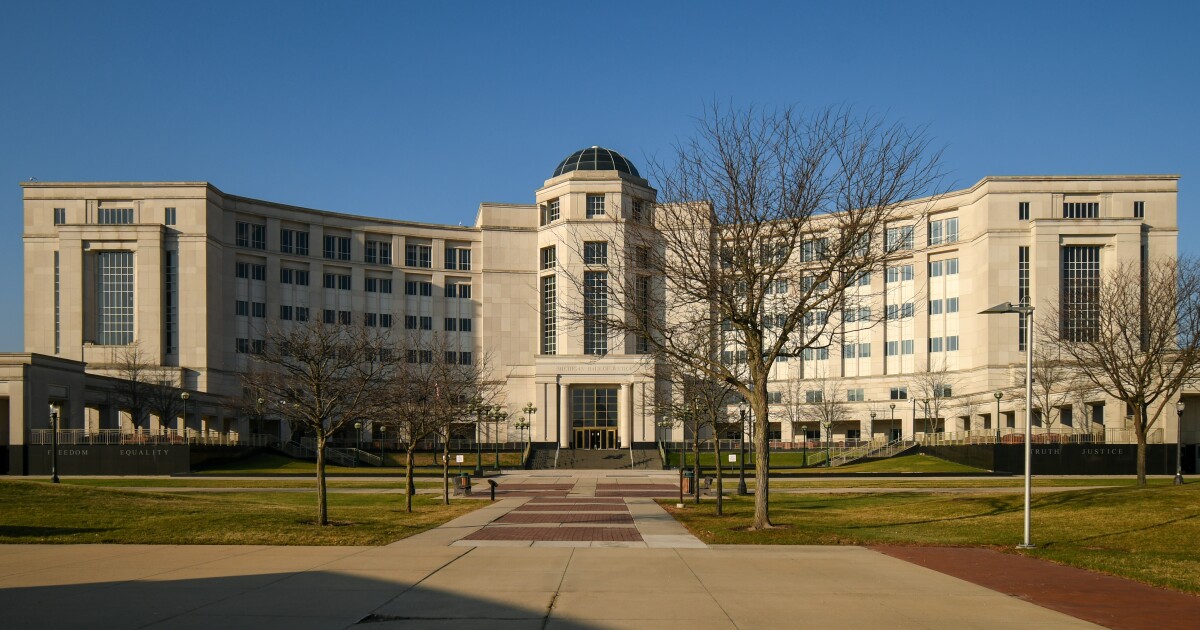Great Lakes Region Faces Challenges and Opportunities Amid Data Center Boom
The Great Lakes area is at the forefront of a significant expansion in data center infrastructure, primarily driven by the surge in artificial intelligence (AI) applications. However, this rapid growth comes with environmental and community ramifications, prompting concerns and actions from locals and officials alike.
In response to the increasing demand for AI-driven technology, data centers consume massive amounts of water and energy, leading to ecological concerns. Michigan, for example, has introduced tax incentives to entice these facilities, while experts stress the need for measures that ensure transparency and optimize resource efficiency.
Advocates are pushing for regulations that mandate data centers to adopt renewable energy, focus on on-site power generation, and contribute to community infrastructure to mitigate possible negative impacts.
Understanding the Data Center Landscape
Data centers are essential for processing and storing immense volumes of digital data, enabling everyday activities such as streaming, searching, and cloud storage. These facilities operate continuously, requiring considerable energy and cooling solutions, which account for approximately 4.4% of the United States’ electricity usage as of 2023, according to the Department of Energy.
The Role of AI in the Data Center Surge
The growing prevalence of AI technologies like ChatGPT and Google Gemini necessitates greater computational power, thereby accelerating the demand for data centers. Each AI query can require tenfold the electricity of a standard internet search, amplifying the need for substantial infrastructure investment, which McKinsey estimates to reach $6.7 trillion globally by 2030.
Despite this booming industry, there is skepticism regarding the extent of the AI market’s growth, with experts suggesting that not all proposed data centers may come to fruition.
Why the Great Lakes Region?
The Great Lakes are an attractive location for data centers due to their abundant water resources and cooler climate, which reduce cooling costs. However, a significant portion of the region’s residents rely on groundwater, and shortages are already being observed. Michigan, Illinois, and Ohio are among the top states for data center development, with tax incentives and climate conditions playing a major role.
Data centers in this region can significantly impact water and energy resources, with some facilities using millions of gallons daily and requiring electricity equivalent to that of large cities.
Impact on Communities and the Environment
The rapid development of data centers is transforming rural communities into industrial hubs, which raises concerns about environmental sustainability and community welfare. In October 2025, Michigan utilities announced plans for a substantial increase in data center power generation, equating to the energy demand of several major cities.
While data centers are lauded for their potential economic benefits, such as job creation and increased tax revenue, the reality is more nuanced. Past experiences, like Switch Inc.’s data center in Grand Rapids, highlight the disparity between projected and actual job creation.
Future Outlook and Policy Recommendations
To ensure that data center growth aligns with environmental and community goals, several policy interventions are proposed:
- Mandating transparency in water and energy use reporting.
- Implementing water and energy efficiency standards.
- Requiring data centers to use renewable energy sources.
- Ensuring that data centers contribute to their infrastructure costs to avoid burdening local residents.
- Encouraging regional planning to manage cumulative environmental impacts.
As the region navigates these challenges, the involvement of local communities and policy makers will be crucial in shaping a sustainable future for data center development in the Great Lakes area.
—
Read More Michigan News










